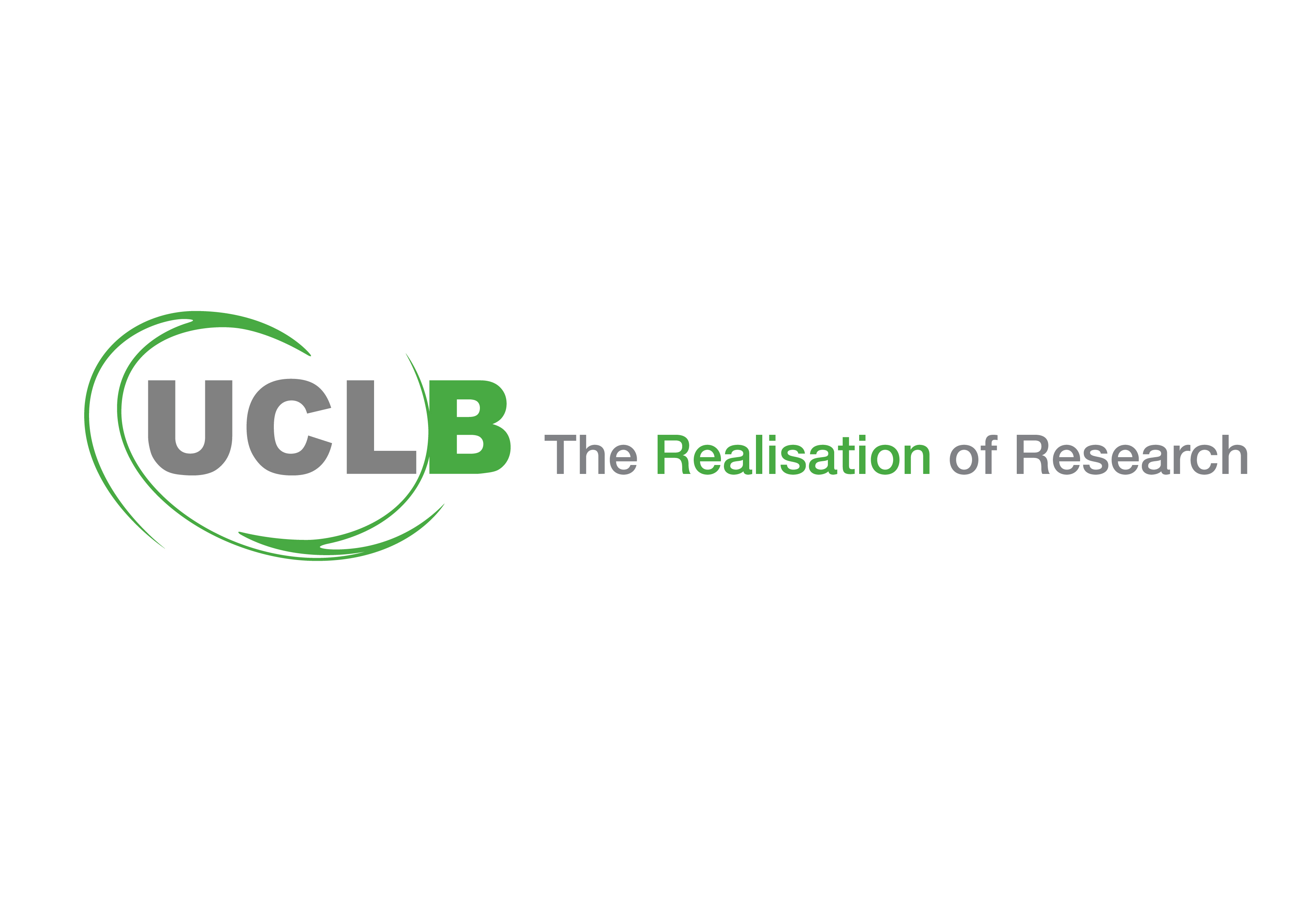UCLB News
UCLB Licensee Linde launch Carbon Nanotube Ink
8 July 2013

Linde Electronics, the global electronics business of The Linde Group, has launched SEERe- a revolutionary ink containing carbon nanotubes the synthesis of which utilises innovative technology developed at the London Centre for Nanotechnology (LCN). The ink can be used for multiple applications including manufacture of conductive films for flat screen TVs and lightweight strong, composite materials.
Unveiled at the NT13 conference in Helsinki to a global audience of industry and academic participants, SEERe- Ink (salt enhanced electrostatic repulsion) overcomes perhaps the most significant challenge that has faced those hoping to exploit the extraordinary properties of single-walled carbon nanotubes (SWNTs): how to dissolve these nanomaterials to form solutions while maintaining their pristine structure and therefore unique properties. Such solutions can be used to paint a transparent conductive film or embed the SWNTs in other materials to form composites.
The SEERe- ink is based on methods developed by the LCN team of Dr Chris Howard and Prof Neal Skipper at University College London and Dr Siân Fogden and Prof Milo Shaffer at Imperial College London. The team discovered that charging SWNTs in ammonia-based solvents could overcome the forces binding the SWNTs together in bundles and lead to their dissolution. True ‘debundling’ without damaging or shortening the SWNTs can drastically improve the performance of the resulting films and composites. In fact, the SEERe- Ink has already been used to fabricate ‘best in class’ performing transparent conductive films. The promise of the LCN technology led The Linde Group to license the associated IP portfolio from UCL Business (UCLB) in 2011 and use it as the foundations for the creation of a business unit Linde Nanomaterials, which would develop and commercialise the technology from a facility in San Marcos, California.
Dr Howard, who led the initial work during an EPSRC funded early career fellowship said, “The technological potential of SWNTs in future technologies is hugely significant, but despite years of research this potential has not yet been realised. We are excited that this product might finally pave the way for the incorporation of SWNTs into flat screens and high tech products of the future.”
Dr Tim Fishlock Senior Business Manager at UCLB commented, “The launch of the SEERe- Ink is the culmination of a technology transfer process that has successfully translated university research from lab to market. After exclusively licensing the technology from UCLB in 2011 Linde have rapidly scaled-up the process and productised the carbon nanotube based materials. These inks have enormous commercial potential, overcoming well documented limitations of incumbent materials, and so we wish Linde every success with this launch and their future plans.”
For further information
More details of the SEERe- product on the Linde website
About UCLB
UCLB is a leading technology transfer company that supports and commercialises research and innovations arising from UCL, one of the UK’s top research-led universities. UCLB has a successful track record and a strong reputation for identifying and protecting promising new technologies and innovations from UCL academics. UCLB has a strong track record in commercialising medical technologies and provides technology transfer services to UCL’s associated hospitals; University College London Hospitals, Moorfields Eye Hospital, Great Ormond Street Hospital for Children and the Royal Free London Hospital. It invests directly in development projects to maximise the potential of the research and manages the commercialisation process of technologies from laboratory to market.
UCLB supports UCL’s Grand Challenges of increasing UCL’s positive impact on and contribution to Global Health, Sustainable Cities, Intercultural Interaction and Human Wellbeing.
For further information, please visit: www.uclb.com